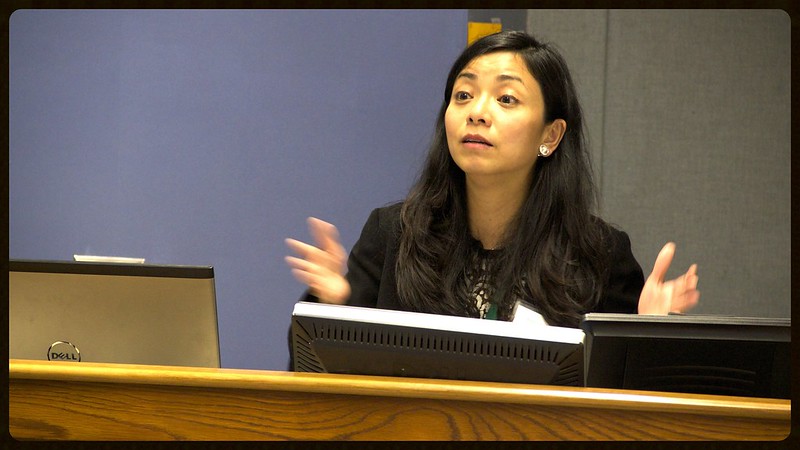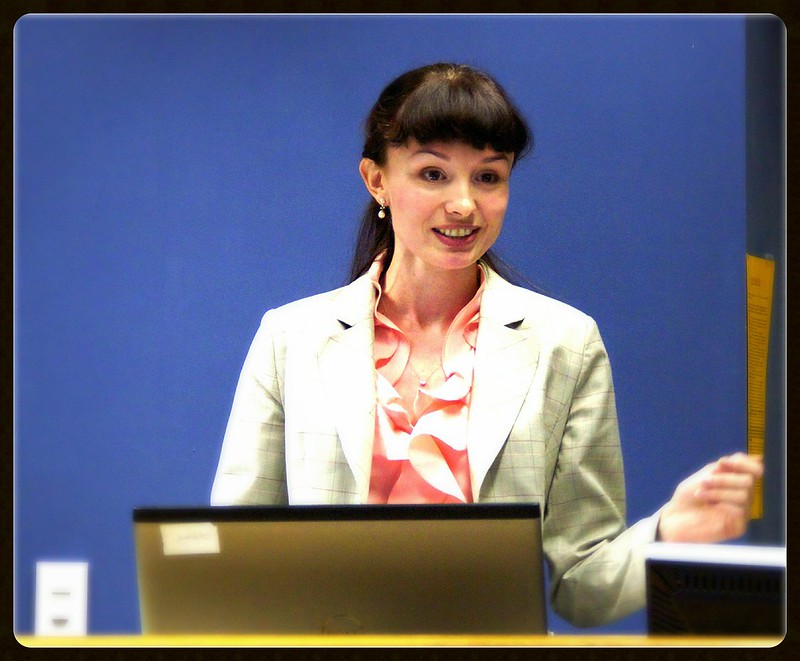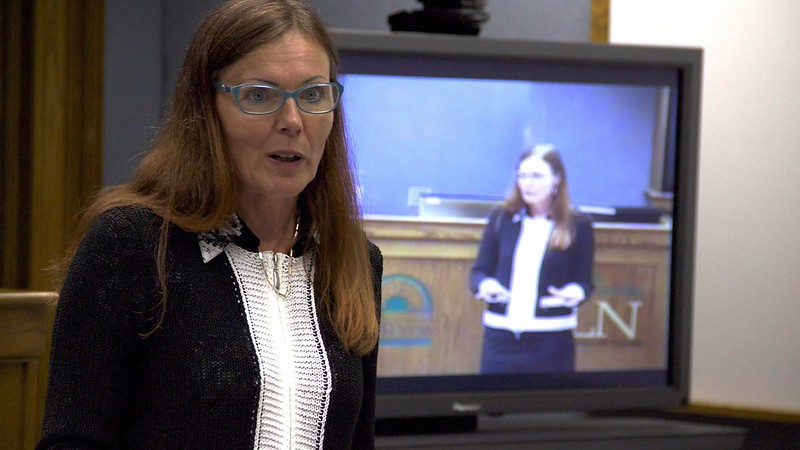Before I come to America I was putting a lot of scenarios in my mind about this great country. All through the way in the plane I asked myself about what form of life I may see in America? After a long journey of twenty-four hours from Khartoum via Cairo via Frankfurt the Lufthansa plane landed at the airport of Chicago. It was 8 pm , despite the fact that sunlight was still emitting from all directions. I could not believe my eyes while I was looking and wandering all over the giant airport. The atmosphere was nice, and the place was so sophisticated and elegant. I found before my eyes an American family consisting of a husband and his wife who also wanted to go to Columbus on the same trip of mine. The accident put us in one place for long hours before the plane took off in the next morning. That was the 20th June 2014. We spent all the night talking about America. They told me about life, and how young generations are handling their own way in all activities they do. On the other hand I explained to them how people survive in Africa, and how they struggle for survival in some parts of the third world.
I am now in the heart of America, and even in one of its largest airports, the beautiful Chicago airport. This airport witnesses an aircraft landing and take-off at every minute throughout the morning and evening hours. I saw people of all the human races, colors, and languages going and coming in this international airport. Thousands of people walking around in this great airport as if they were in the greatest day of Hajj. All of us paid tribute to the role of America in the entire world, and to the role played by the University of Ohio which is inviting me and other scholars since its inception. After the expiration of the specified period of waiting I came to the conclusion that the U.S government had really created a prosperous and modern lifestyles for her people and others around the world.
At 8:15 AM an elegant van of Ohio University came and took me with the other colleagues from Adams Hall were we live to the Scripps 211. This is the usual time of our daily departure to resume our activities. The timetable was very rich, and the day was full of lectures like the rest of the days. Through this program we met with many university professors from different American universities. They all came to lecture us in media and communication aspects. They gave lectures about the press, radio and television, news agencies, communication systems, advertising, marketing, management of media outlets, conduct of communication research, techniques of modern media, community media, as well as media coverage during the times of war and peace.
 |
| Prof. Awad (right) with his friend Prof. Ellard Spencer Manjawira |
We had many visits to the university libraries which are very rich of references in all aspects of knowledge. We learned how to use the modern networks to save and retrieve information through computers that have been developed all over the place.
As a part of the program all scholars were supposed to fill a weekly sheet of assessment for the activities of the week. This assessment is always confidential and not shown to any person except the leaders of the program for the sake of development. That is because they want to enhance their performance year by year.
We spent an hour and a half traveling on board the vehicle to the headquarters of Ohio University in the town of Athens. I met Prof. Mary T. Rogus the SUSI Academic Director who took me by her car to Prof. Yusuf Kalyango the director of the Institute of International journalism. Kalyango told one of his assistance to take me to the headquarters of the housing allocated to the professors involved in the program inside the campus. When I arrived at the campus of Ohio University I found the residence was most prestigious like luxury hotels in some countries. My room number is 163, and it is very clean and comfortable. There is a shared toilet between me and my neighbor in the room 161. There is also a small refrigerator which is quite adequate for one person, and a microwave for heating or cooking the food. There are two beds covered with nice sheets and a blanket to face the cold of winter, although we have come in summer. There is also a small table and chair for the writing and reading. Another similar table was found to put the bags and widgets on it. I entered my room and slept for long time after that long travel from home to America.




.jpg)



















